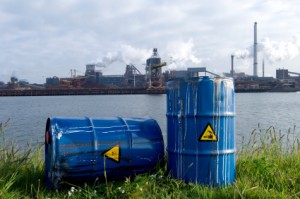 Evidence has shown that the air within homes and other buildings can be more seriously polluted than the outdoor air. Several factors contribute to poor indoor air quality that can be easily controlled. Follow these simple tips improve your indoor air.
Evidence has shown that the air within homes and other buildings can be more seriously polluted than the outdoor air. Several factors contribute to poor indoor air quality that can be easily controlled. Follow these simple tips improve your indoor air.
Identify and Remove Pollutant Sources
The relative importance of any single source depends on how much of a given pollutant it emits and how hazardous those emissions are. Educate yourself on the different types of biological, gas, or particulate pollutants that can potentially affect your indoor air quality and takes steps to remove them. To have a greater understanding of potential indoor pollutants read “Understanding Indoor Air Pollutants“.
Improve Air Ventilation
If too little outdoor air enters a home, pollutants can accumulate to levels that can pose health and comfort problems. Most home heating and cooling systems, including forced air heating systems, do not mechanically bring fresh air into the house. When weather permits open windows to increase ventilation. If you are intending to filter the outside air consider improving your heating and cooling system by having it modified to draw filtered outside air
Improve Filtration
There are many types and sizes of air filters and air cleaners on the market. As air is circulated through a forced air ventilation system debris is trapped within the furnace filter. Use furnace filters with a MERV rating between 7 to 11, and change the filter every 2 months that the filter is in use. If a standalone filtration device is used, use a device that has a high-circulation rate and highly efficient filter.


 A host of different biological, gas, and particulate pollutants can affect the indoor air quality. The types of contaminants and the amounts that are suspended in the air determine air quality.
A host of different biological, gas, and particulate pollutants can affect the indoor air quality. The types of contaminants and the amounts that are suspended in the air determine air quality.